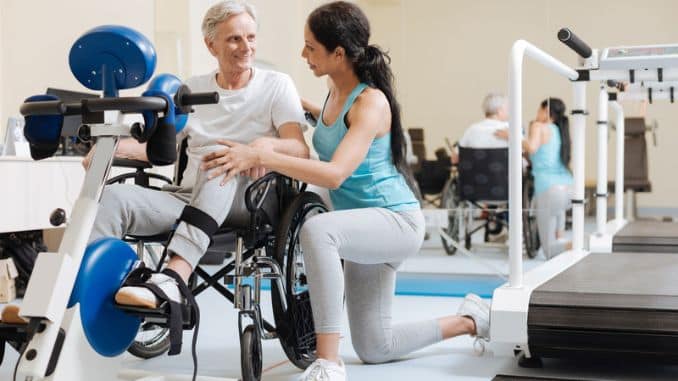
Although I do not want to emphasize the profession I saw, I was subject to an assessment. The regular evaluation was and covered a combination of static and motion. These are three assessment mistakes I observed;
- He gave me some basic exercises that were not relevant to the assessment.
- He did not base his exercise selections on his observations.
- He also didn’t watch me do the exercises.
Although I don’t understand this, I know these are common errors coaches, trainers, and therapists make. They do basic assessments and give exercises that are not based on the assessment.
How to Correct the 3 Assessment Mistakes Trainers Make
1. Give relevant basic exercises.
Certified personal trainers are highly skilled in many training methods and techniques. Not every client that seeks your assistance is ready to lift weights or do box jumps. While sharing new strategies with clients is fun, you must also address the basics. Sometimes this means addressing flexibility, muscular imbalances, and postural or balance issues.
For example, John Izzo’s simple shoulder girdle evaluation gives him a good idea of which exercises to avoid and which activities to focus on to improve shoulder function.
2. Base your exercise selection on the assessment.
Many trainers don’t take the time to tailor their training to each client’s needs and skills. They train clients in a generic way that can lead to injury, boredom, and a failure to meet the client’s goals. This could cause a client to abandon the program. The trainer must see the client through their eyes. They should use exercises and components that are safe and effective, and fun and which aim to achieve the client’s goals. It takes practice and time, but a client-trainer relationship will be strengthened if they are honest with their clients.
After watching Nick Rosencutter’s presentation, I can see that the assessment is used to help him determine the best exercise for his triple-athlete hip assessment. This allows him to decide which exercises his athletes should perform and what progressions they should follow.
3. Observe if the clients follow the proper procedures.
Make sure that they follow the checklist. Make sure they fill in all information on the form you give them. Ensure that they complete the form correctly. Make sure they follow the procedure if you have a specific way for them to handle a situation. Make sure that they follow the rules if you have them.
For instance, Anthony Mychal focuses on what he is looking for in his foot before anything else. Before one can improve athleticism, it is essential to have the correct foot position.
It is not just about the goals you set for yourself but also the process of getting there that matters. This can help you in your daily life as well. If you are trying to lose weight, it is not just about the number on the scale that matters. It is also about the process of eating healthy and exercising that matters.
Not giving trainees time to process information is an assessment mistake.
It’s easy to lose yourself in the excitement of leading a new team. But don’t forget to slow down and give your trainees a chance to process information. This can be more challenging for online training. You can’t see people’s facial expressions or body language to gauge their reactions. This is where a smartly designed survey or an instructor-led debrief can be beneficial. Make sure to include time for these activities in your training plan. You can also incorporate a short survey at the end of each training session to check for comprehension. You can ask trainees to rate their level of awareness on a scale of 1 (didn’t understand anything) to 5 (fully understood everything). This way, you can see what concepts need more attention.
Keep doing the exercises and assessments you’re happy with.
Learn some unconventional assessments to help you and your clients achieve better results. Click here.


